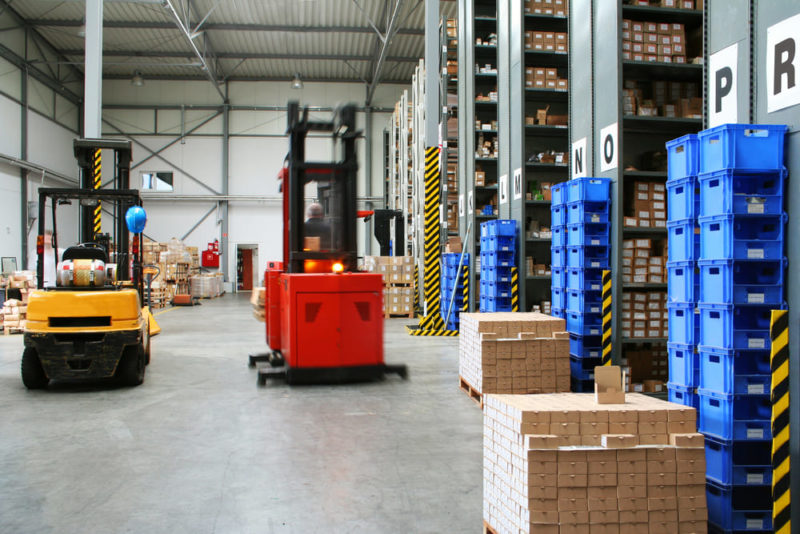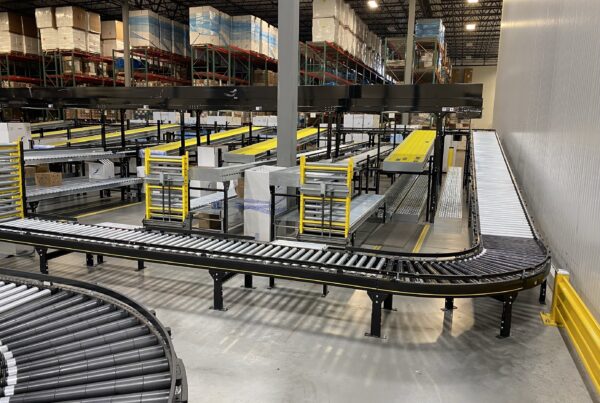One of the biggest problems that a business manager struggles with is increasing warehouse storage capacity. Each company must have a good storage system that allows for increased warehouse storage capacity in a pinch. Optimal utilization of warehouse storage space can significantly boost the number of products that can be stored and in turn, help save money — and scale up your practice.
What is warehouse capacity?
The capacity of a warehouse indicates the amount of space accessible for storage, inventory preparation, and order completion. There are two types of warehouse capacity. One is theoretical storage capacity and the other is working capacity.

Theoretical storage capacity indicates the actual physical capacity of the space – either vertical or horizontally – available in the warehouse. On the contrary, working capacity refers to the amount of space available based on the following considerations:
- The dimensions and weight of the merchandise to be stored.
- How much inventory the company needs to have on hand to meet demand.
- How much space is necessary for employees to locate the merchandise quickly and thus be able to fulfill orders efficiently.
How to calculate the storage capacity of a warehouse?
To take advantage of every nook and cranny available in the warehouse, it is necessary to know how to estimate warehouse storage capacities by following the step-by-step guide:
Step 1: Measure the entire warehouse space in square feet. For example, let’s say it is 100,000 square feet.
Step 2: Identify the amount of space used for non-related storage purposes such as lunchrooms, restrooms, loading docks, offices, etc. Let’s say it is 30,000 square feet. Now subtract the total for non-storage purposes from the total warehouse space of step 1. So, the warehouse has 70,000 square feet of usable space.
Step 3: Determine the height of available storage space from the floor to the ceiling, also known as clear ceiling height. Take into consideration that all occupied space such as lighting and sprinkler systems, and ventilation ducts must be subtracted from the total. Therefore, it is better to calculate the space up to an overhead object. Let’s say the total is 20 ft. Then multiply it by the previously calculated usable space measurement (70,000) to get the total cubic feet of the facility capacity. The result would be 1,400,000 cubic feet of total warehouse capacity.
How to increase storage capacity in warehouses?
Warehouse space is very valuable for all types of companies, not knowing how to take advantage of space, and how to optimize it, means you are sacrificing revenue and hurting your competitive edge.

The following recommendations will help to increase warehouse space, enhance efficacy, and cut back costs.
Using the right storage solutions
Using the correct storage solutions will maximize warehouse storage capacity and your growth.
Increasing your clear height
Installing a mezzanine above the clear height will provide you a chance of increasing usable square footage without needing to expand.
Extending the racking up vertically
By using available vertical space in the warehouse, storage capacity will increase.
Minimizing aisle width in the racking area
Decreasing the width of the aisles between racking will considerably add square footage.
Adding half-pallet storage spots
This can help save space, so more pallets can be placed, adding more merchandise.
Maximizing space by storing items according to size and short-term or seasonal needs
Optimize available space by sorting products by size or needs.
Implementing cross-docking
Using cross-docking will enhance appropriate product sorting and distribution.
Clean up the floor to benefit from useful space
The warehouse floor should be used for active inventory only. It should be clear of unnecessary products or items.
Running racking sideways to increase storage capacity
In rectangular facilities, racking should be set lengthwise to obtain more storage capacity by having the rows as long as they can be.
What makes warehouse capacity important?
Warehouse capacity plays an important part in logistics operations more than enhancing inventory storage itself. Warehouse managers have the job of ensuring that everything runs smoothly around the facility. Calculating the correct warehouse storage and using the appropriate tools and guidance to increase storage capacity will help heighten stockroom space. It will also increase employee productivity by making their jobs easier and more organized.
Improving warehouse capacity will also increase the flow of operations. An organized warehouse makes it easier for employees to fulfill orders rapidly, and missed sales is avoided due to orderly categorization. More sales will be made.
Implementing warehouse storage tweaks to increase capacity may seem impossible or overwhelming, but doing so will provide numerous benefits.
For more information, contact SRSI to increase your warehouse storage capacity today.
 Skip to main content
Skip to main content







